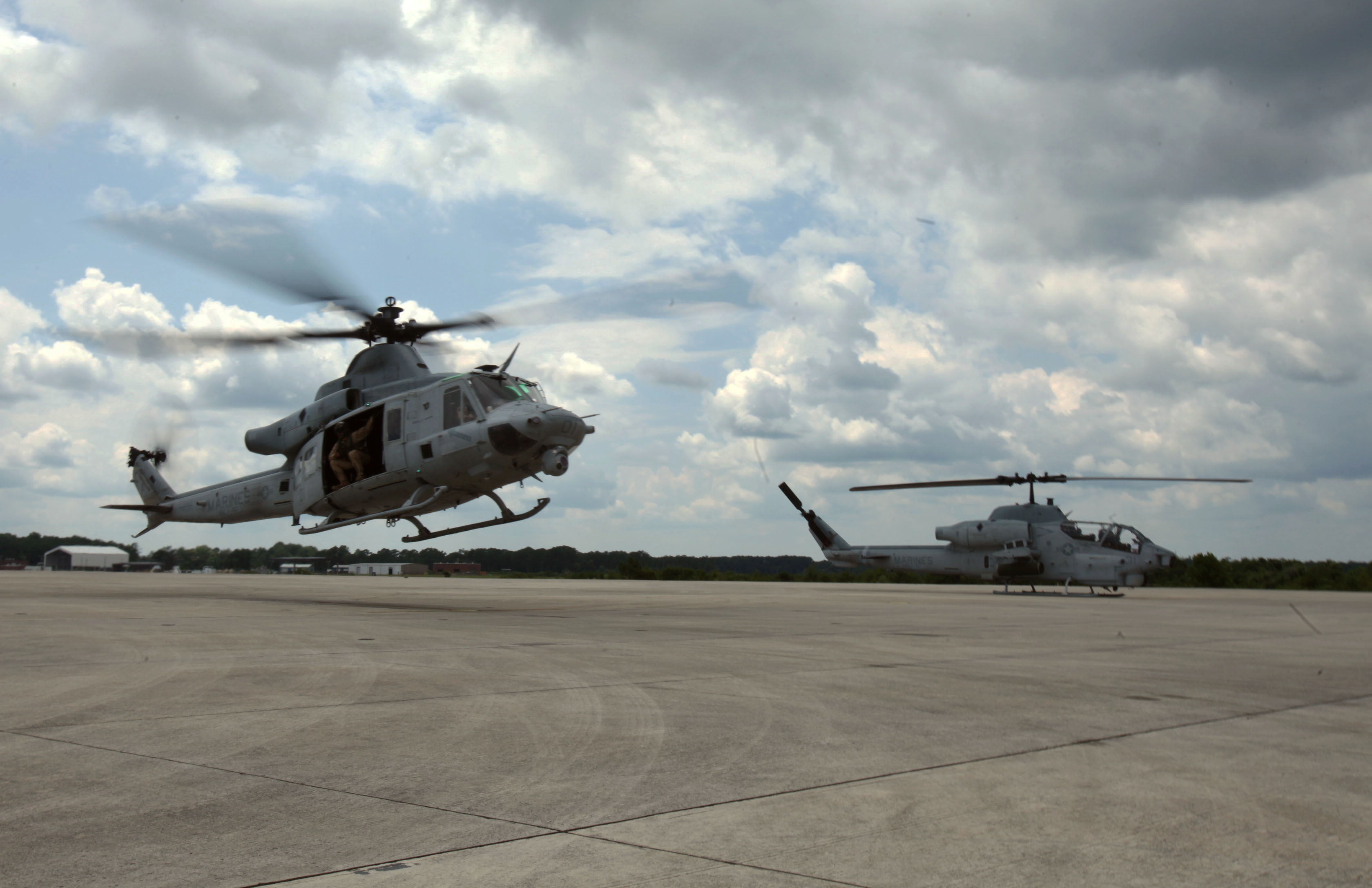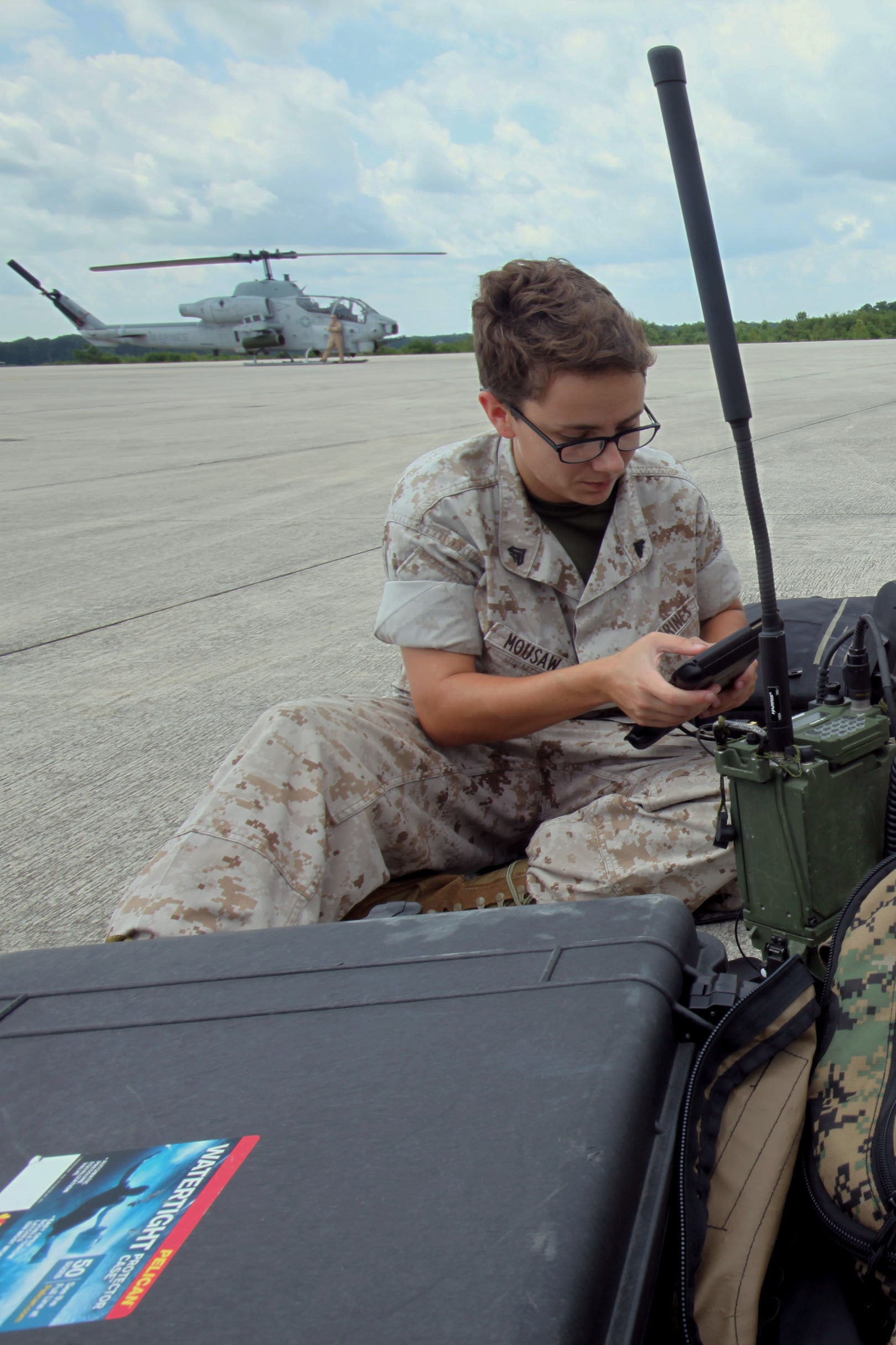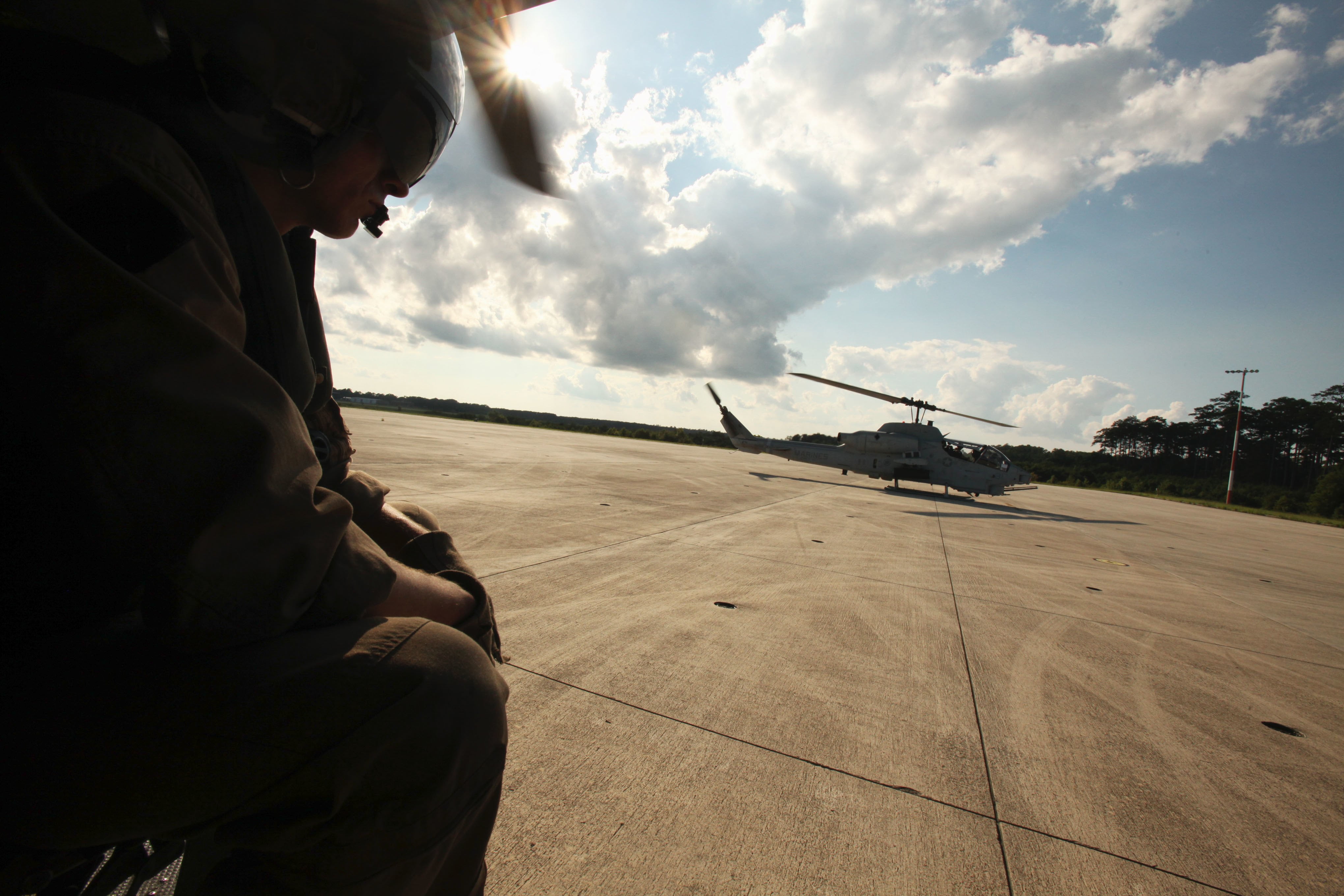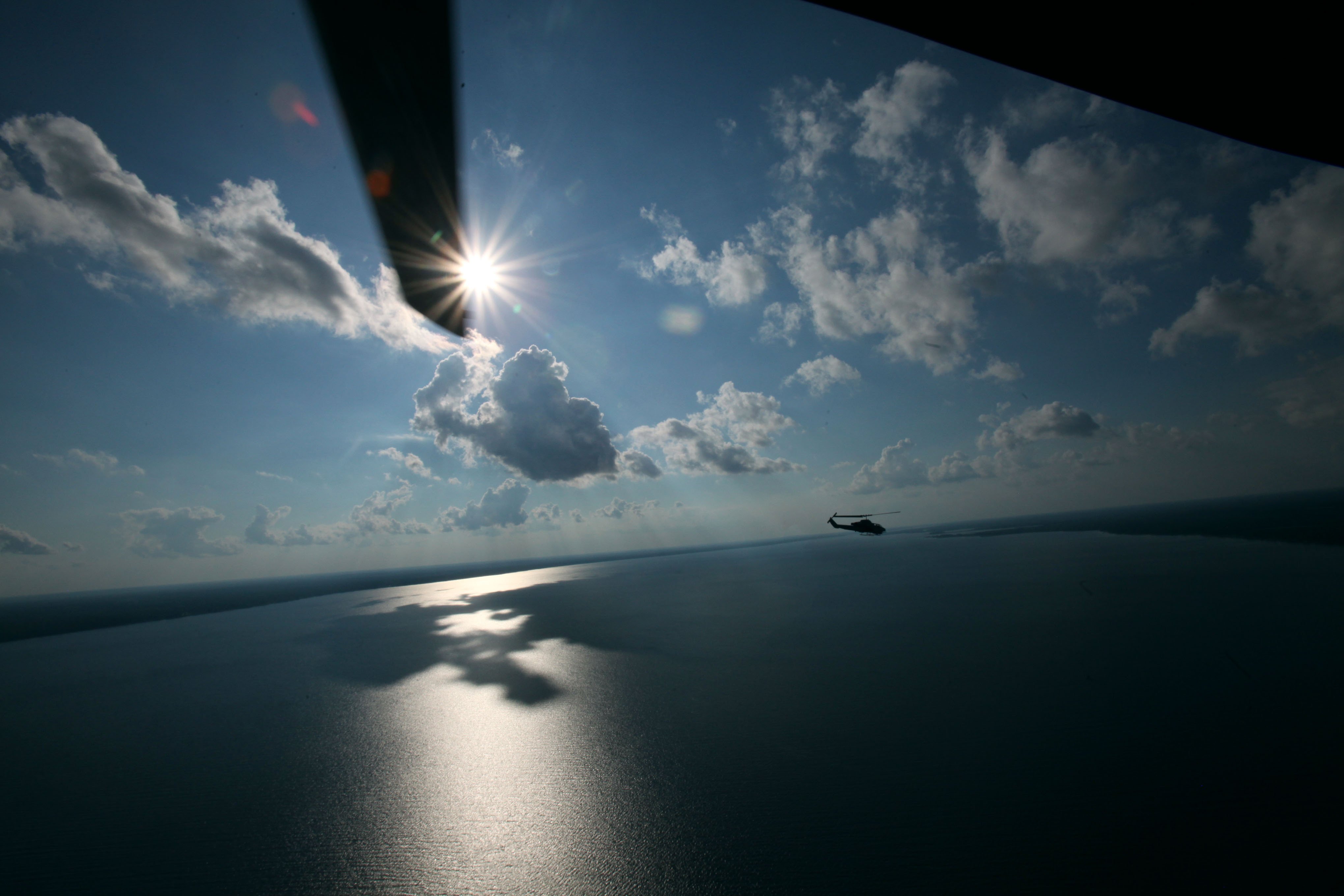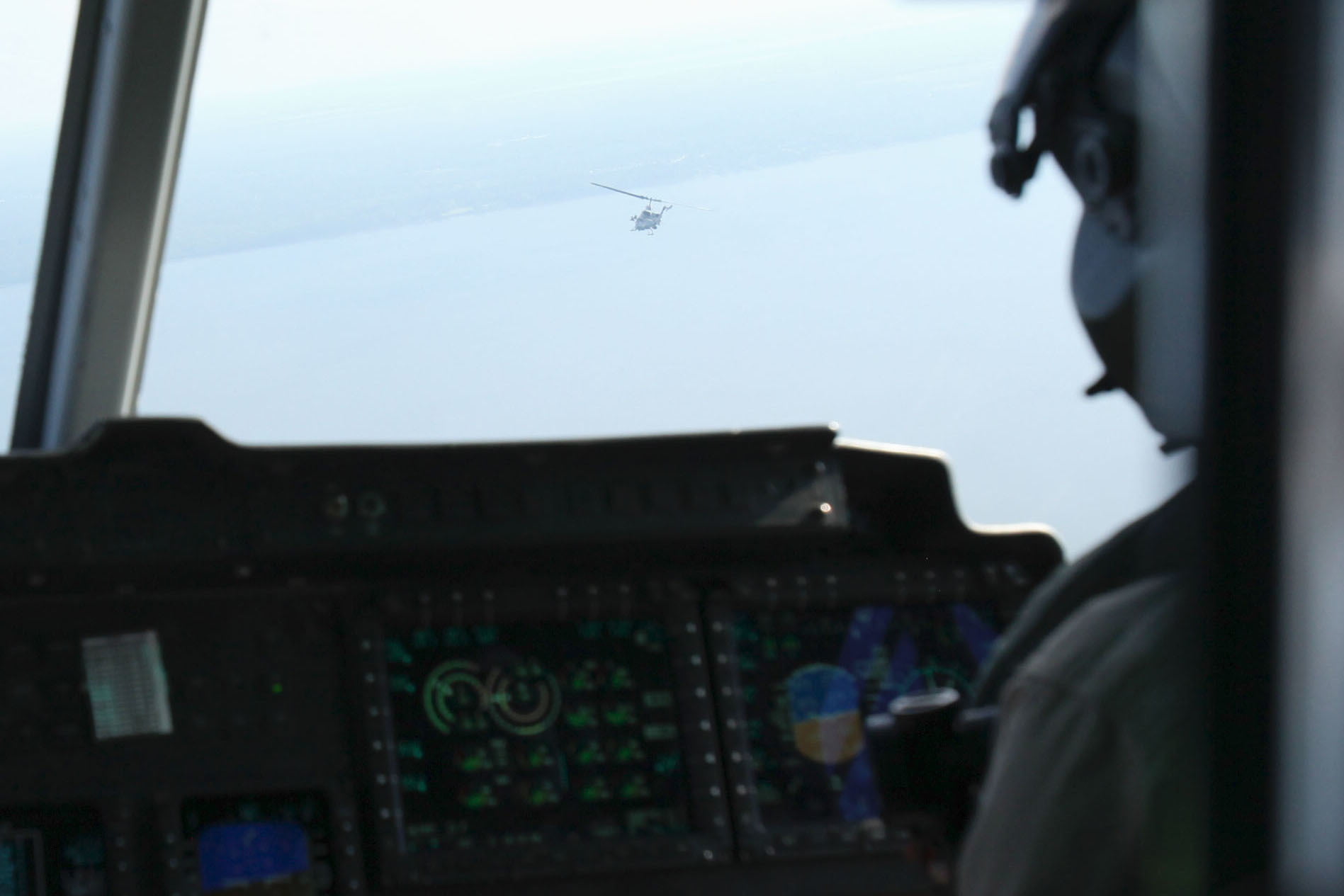By Robbin Laird
As the first combat force in the world to operate the F-35, the Marines experienced the challenge but also the impacts of what a fifth-generation aircraft can deliver to the battlespace.
At the heart of what a four-ship formation of F-35s can deliver is an integrated core combat capability of sensor fusion.
And this combined sensor fusion can be shared across four platforms, able to work seamlessly through the Communication, Navigation & Identification (CNI) system, and with the Multifunction Advanced Data Link (MADL) wave form able to communicate and share situational awareness and to operate in contested air space and make decisions at the tactical edge.
It sets the standards for what being able to operate in a contested environment is all about.
Unfortunately, its current operational capabilities are not well understood in spite of the emphasis on great power competition and the challenge of operating in contested airspace.
Contested airspace ultimately is the ability to operate within that battlespace and to shape effective decisions about how to disrupt the adversaries command and control (C2) and key nodes of combat capability to enable the entire force to be used effectively in shaping escalation dominance.
Moving forward highlights the importance of shaping a more integrated combat force one which can operate in distributed battlespace but be aggregated at the point of attack as the opportunity and need arrives.
It is about reshaping the combat force to become more integratable and when considering new platforms ensuring that integratability is built into these platforms.
But it also about dominance.
As Secretary Wynne put it:
My own doctrine: If you are ever involved in a fair fight; it is the result of poor planning.” Emphasizes proper action throughout the OODA loop; and entails actions by resource decision makers and department leadership to maintain our strength and resilience in periods of high activity and periods of pause.
So for the Marines it starts by leveraging what the F-35 global enterprise can yield in terms of their crisis management insertion missions require.
The ability to share C2 decision making data across the F-35 global enterprise and make that data available to the Marine Air Ground Task Force (MAGTF) is essential to its ability to work at the higher end of the fight.
But the ability to enhance the capability of key Marine Corps platforms operating from seabases or in land environments is crucial.
With the evolution of the capabilities of the new combat platforms generated through Marine Corps aviation, the ability of the Marines to operate in an integrated, air, ground, and sea environment have been enhanced.
To take the next step requires investments in the core platforms to enhance their integratability.
The Marines refer to this as building out digital interoperability and have a plan in place to shape an effective way ahead.
And this way ahead entails both shaping core capabilities to manage networks and the data they can provide as well as to build into existing assets greater capability to participate in the networks most relevant to the operational envelope of particular platforms.
The USMC 2019 Aviation Plan defines the digital interoperability effort as follows:
Digital interoperability is the seamless integration of digital systems and exchange of data, across all domains and networks throughout the MAGTF, naval, joint, and coalition forces, to include communication in degraded or denied environments, to rapidly share accurate information, provide greater situational awareness, accelerate the kill chain, and enhance survivability in order to outmaneuver and defeat the threat across the ROMO.
The threat that can deny, degrade, and effectively employ the latest commercial technology to achieve its military aims must be answered with a superior capability that mitigates the threat’s effectiveness.
MAGTF DI encompasses a multi domain, multi-disciplinary effort that harnesses commercial technological development and previous military investment in a consolidated vision that makes the most out of precious and limited assets across the domains of land, sea, air, space, and cyber.
USMC aviation’s approach to digital interoperability is that of building blocks that are developed through an incremental and iterative process in concert with MCCDC and cooperation with other services and other government agencies.
The goal of MAGTF DI is to provide the required information to the right participants at the right time, in order to ensure mission success, i.e. defeat the threat, while improving efficiency and effectiveness….
The approach being taken is incremental, and working to bring the “disadvantaged user” into the information dominance process.
It must be realized that there will be tiers of access for the end users.
These tiers are in part driven because of the different operational capabilities of the various MAGTF platforms well as the function of what those platforms will perform in the hands of the members of a MAGTF.
There is no magic wand to achieve DI.
It must be built as the MAGTF continues to be used in crisis management in the real world.
It is not about having the optimal plan; but having an effective path to enhance integrability over time.
And it is important to remember that having access to cutting edge capabilities such as the F-35 is part of the survivability of the MAGTF.
Although it is not about every platform having to have the processing power of an F-35, but certainly a diverse range of platforms can have access to C2 and SA via Link 16 and evolving wave forms.
In the case of the F-35 requires only a card swap and which has multi-layer security which provides for a switching out of data relevant to the different security caveats which are put in place for the sharing of information on an appropriate security level.
But how to start the process and to shape greater DI within the MAGTF?
In the next article, I will look at how the Marines are doing this and shaping a way ahead for digital interoperability.
But a good way to begin is to look at this article published July 25, 2015 and written by Cpl. Jason Jimenez and 1st Lt. Maida Zheng.
MARINE CORPS AIR STATION CHERRY POINT, N.C. – Innovative technology such as tactical data links are changing the way battles are won and strategies are implemented on the battlefield.
Marine Light Attack Helicopter Squadron 467, Marine Unmanned Aerial Vehicle Squadron 2, and U.S. Marine Corps Forces, Special Operations Command, participated in an exercise testing data movement between different tactical networks.
“This exercise focused on integrating field radios and commercial ‘off the shelf’ tablet systems to rapidly and securely pass converted LINK 16 messages to HMLA aircraft in a tactical training exercise,” said Capt. Justin Pavlischek, the intelligence officer with VMU-2.
Access to LINK 16 data allows interoperability between pilots of certain aircraft, joint terminal attack controller, maneuver units and VMU aircrew, provided the assets and the conversion protocols are present and can be utilized.
“A lot of our systems have requirements and are difficult to modify,” said Capt. Michael Marron Jr., an AH-1W Super Cobra pilot with HMLA-467. “We overcome that by leveraging a specific combination of current technology to provide access to two tactical networks and move some specific messages between those networks – in this case LINK 16 and ANW2.”
According to Marron, digital interoperability is the way the Marine Corps will be able to communicate between multiple type/model/series aircraft in an objective area that is comprised of enemy threats, friendly air positions and ground forces.
“For the rotary-wing aircraft, up until recently, the Marine Corps has been using paper maps and objective area diagrams to plot friendly and enemy locations using a pen or pencil,” said Marron. “Now with tablets, we have modern technology in an aircraft that is 30 years old. It allows us to tap into a tactical picture that was previously out of our reach.”
Assets that are LINK 16 capable can send information to unmanned aerial systems ground control stations, which acts as a network gateway to then push out specific information in a readable format to non-LINK 16 enabled aircraft. Those aircraft can then see that information, provided they are carrying a specific radio and tablet running an application called “KILSWITCH” (Kinetic Integration Lightweight Software Individual Tactical Combat Handheld).
Systems that monitor the aircraft’s status can also be tapped into and that information can be transmitted off the aircraft. “In the future, it will tell how much fuel an aircraft has and how many weapons it possesses,” said Capt. Christopher Cain, a pilot training officer with HMLA-467.
Additionally, there are efforts underway to integrate technologies that will have the ability to populate threats. “If one aircraft can see a threat, it can notify everyone connected, show how far away and how to stay away to mitigate it … It will speed-up the kill chain.”
Among the military aviation community, the jargon “speed-up the kill chain” refers to utilizing the most efficient method toward negotiating a nine-line expeditiously. A nine-line is the method of establishing the scene of an objective area and incorporating necessary information to achieve mission success.
“Passing of that nine-line over the radio is going to take a minute or two, at the very least,” said Cain. “The building of a nine-line using KILSWITCH can take as little as 30 seconds. There is less of an opportunity to copy down a wrong grid or mix up information.”
With this upgraded technology, someone building an attack brief in a KILSWITCH tablet can send it electronically, and quickly ask for read-backs – ultimately the close-air support players will be more effective and able to get more attacks in during their time on station, said Cain.
“The longer it takes to figure out where the enemy is and where the friendlies are, the longer it will take to put down effective fire on the enemy” added Marron. “If I have situational awareness before I show up into an objective area, then I don’t have to spend precious time figuring out what’s going on.”
By design, unmanned aircraft are capable of providing persistent coverage and can be fitted with “plug-and-play” radios and payloads, which will extend the ranges and capability of digital networks into disparate battlefields and areas of operation, explained Pavlischek.
When fitted with these payloads and radios, the MQ-21A Blackjack will be ideally suited to provide airborne data network relay and gateways for aviation and ground units.
In addition to the VMU’s traditional role of providing aerial reconnaissance, the VMU’s mission has recently been expanded to include “supporting arms coordination and control.” The foresight developed into this exercise demonstrated a potential role the VMUs could fill in the future – enhancing the lethal and non-lethal capabilities of the Aviation Combat Element and Marine Air-Ground Task Force through digital interoperability.
According to the 2015 Marine Aviation Plan, digital interoperability will be tested and validated with an “integration through innovation and experimentation” approach. This exercise between VMU-2 and HMLA-467 is one example of this innovation and experimentation within the fleet, explained Pavlischek. It demonstrates how technology present in the Marine unmanned aviation ground control station can provide a critical link, or node, in extending and enhancing the situational awareness, survivability, intelligence, surveillance and reconnaissance (ISR) capability for ground units and aircraft distributed across the battlefield.


